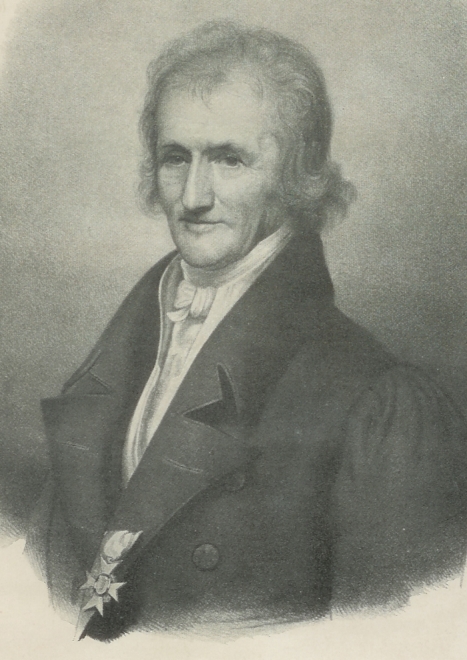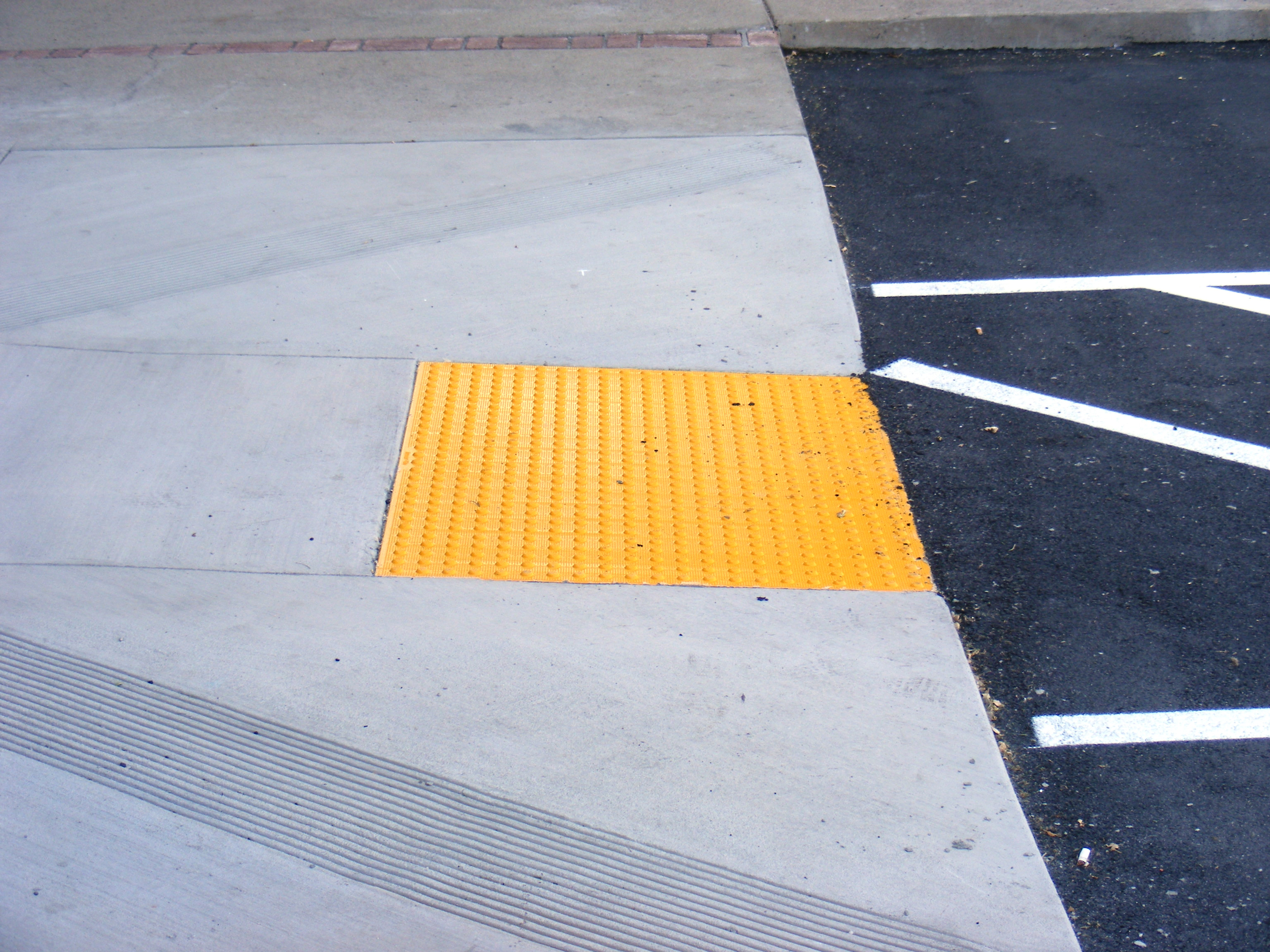|
Hohenstein-Ernstthal Station
Hohenstein-Ernstthal station is the railway station of Hohenstein-Ernstthal in the south west of the German State of Saxony. The station is classified as a category 5 station by DB Station&Service and has two platform tracks. It is served daily by about 85 trains and is located on the Dresden–Werdau railway. The train station is served only by regional and local trains. History The station, which is located at line-kilometre 98.23 of the Dresden–Werdau railway, was opened on 15 November 1858. At first, the station was in neither Hohenstein nor Ernstthal, but in Oberlungwitz in the district of Abtei. The station site was later purchased by Hohenstein. From 1860 to 1887, the Hohenstein post office was located in the station building. In 1913, the station included 13 tracks. From 17 March 1913 to 26 March 1960, the station forecourt was the starting point of the Hohenstein-Ernstthal–Oelsnitz Tramway. The freight traffic of the tramway was handled ... [...More Info...] [...Related Items...] OR: [Wikipedia] [Google] [Baidu] |
Hohenstein-Ernstthal
Hohenstein-Ernstthal () is a town in the Zwickau rural district, Saxony, Germany. The towns of Hohenstein and Ernstthal were united in 1898, and the town is either known by its hyphenated form, or simply called Hohenstein. The town grew in the 15th century after silver mines were established nearby. Ernstthal was named in honor of August Ernst von Schoenburg. Physicist Gotthilf Heinrich von Schubert and inventor Christoph Gottlieb Schröter were born in Hohenstein. The writer Karl May was born in Ernstthal. The house of his birth is a museum. Furthermore, Hohenstein-Ernstthal is especially famous for the Sachsenring racing circuit. History In the 15th century, the town of Hohenstein was established after silver was found and mined there. The name is said to be derived from the phrase ″uff dem hohen Stein″ (on the high rock), that the first settlers used when they saw the Pfaffenberg mountain. In 1680 some people from Hohenstein moved to the forest near the town to escape t ... [...More Info...] [...Related Items...] OR: [Wikipedia] [Google] [Baidu] |
Road–rail Vehicle
A road–rail vehicle or a rail–road vehicle is a dual-mode vehicle which can operate both on rail tracks and roads. They are also known as two-way vehicles (german: Zweiwegefahrzeug), hi-rail (from ''highway'' and ''railway'', or variations such as high-rail, HiRail, Hy-rail), and rail and road vehicles. They are often converted road vehicles, keeping their normal wheels with rubber tires, but fitted with additional flanged steel wheels for running on rails. Propulsion is typically through the conventional tires, the flanged wheels being free-rolling, used to keep the vehicle on the rails; the rail wheels are raised and lowered as needed. There are also purpose-built road–rail vehicles. In case of jeep trains, road wheels are directly replaced with railway wheels. Vehicles with tires need special areas like level crossings to change modes. A vehicle on caterpillar tracks rather than road wheels, which allows mode change anywhere without the need to use a level crossing ... [...More Info...] [...Related Items...] OR: [Wikipedia] [Google] [Baidu] |
Railway Stations In Germany Opened In 1858
Rail transport (also known as train transport) is a means of transport that transfers passengers and goods on wheeled vehicles running on rails, which are incorporated in tracks. In contrast to road transport, where the vehicles run on a prepared flat surface, rail vehicles (rolling stock) are directionally guided by the tracks on which they run. Tracks usually consist of steel rails, installed on sleepers (ties) set in ballast, on which the rolling stock, usually fitted with metal wheels, moves. Other variations are also possible, such as "slab track", in which the rails are fastened to a concrete foundation resting on a prepared subsurface. Rolling stock in a rail transport system generally encounters lower frictional resistance than rubber-tyred road vehicles, so passenger and freight cars (carriages and wagons) can be coupled into longer trains. The operation is carried out by a railway company, providing transport between train stations or freight customer faciliti ... [...More Info...] [...Related Items...] OR: [Wikipedia] [Google] [Baidu] |
Railway Stations In Saxony
Rail transport (also known as train transport) is a means of transport that transfers passengers and goods on wheeled vehicles running on rails, which are incorporated in Track (rail transport), tracks. In contrast to road transport, where the vehicles run on a prepared flat surface, rail vehicles (rolling stock) are directionally guided by the tracks on which they run. Tracks usually consist of steel rails, installed on Railroad tie, sleepers (ties) set in track ballast, ballast, on which the rolling stock, usually fitted with metal wheels, moves. Other variations are also possible, such as "slab track", in which the rails are fastened to a concrete foundation resting on a prepared subsurface. Rolling stock in a rail transport system generally encounters lower friction, frictional resistance than rubber-tyred road vehicles, so passenger and freight cars (carriages and wagons) can be coupled into longer trains. The rail transport operations, operation is carried out by a ... [...More Info...] [...Related Items...] OR: [Wikipedia] [Google] [Baidu] |
Niederwiesa
Niederwiesa is a municipality in the district of Mittelsachsen, in Saxony, Germany Germany,, officially the Federal Republic of Germany, is a country in Central Europe. It is the second most populous country in Europe after Russia, and the most populous member state of the European Union. Germany is situated betwe .... References Mittelsachsen {{Mittelsachsen-geo-stub ... [...More Info...] [...Related Items...] OR: [Wikipedia] [Google] [Baidu] |
Oederan
Oederan is a town in the district of Mittelsachsen, in Saxony, Germany. Geography Oederan is situated 14 km southwest of Freiberg, 17 km east of Chemnitz and about 50 km west of Dresden. The town includes the villages of Börnichen, Breitenau, Frankenstein, Gahlenz, Görbersdorf, Kirchbach, Lößnitztal and Schönerstadt. History Oederan was first mentioned as town in 1286. The settlement of the area dates back to a Sorbian tribe in the 9th and 10th century. Rhenish Franconian farmers, craftsmen and traders settled down in the 12th century. Since the Middle Ages the most important industries had been cloth manufacturing and linen weaving. In the 19th century the railway construction had a great influence to the growth of the town. Some medium-sized factories were built around the train station of Oederan.oederan.de: History of Oederan'. 8 June 2008 During World War II, a subcamp of Flossenbürg concentration camp was located here. Literature Cziborra, Pa ... [...More Info...] [...Related Items...] OR: [Wikipedia] [Google] [Baidu] |
Chemnitz
Chemnitz (; from 1953 to 1990: Karl-Marx-Stadt , ) is the third-largest city in the German state of Saxony after Leipzig and Dresden. It is the 28th largest city of Germany as well as the fourth largest city in the area of former East Germany after (East) Berlin, Leipzig and Dresden. The city is part of the Central German Metropolitan Region, and lies in the middle of a string of cities sitting in the densely populated northern foreland of the Elster and Ore Mountains, stretching from Plauen in the southwest via Zwickau, Chemnitz and Freiberg to Dresden in the northeast. Located in the Ore Mountain Basin, the city is surrounded by the Ore Mountains to the south and the Central Saxon Hill Country to the north. The city stands on the Chemnitz River (progression: ), which is formed through the confluence of the rivers Zwönitz and Würschnitz in the borough of Altchemnitz. The name of the city as well as the names of the rivers are of Slavic origin. Chemnitz is the third larg ... [...More Info...] [...Related Items...] OR: [Wikipedia] [Google] [Baidu] |
Tharandt
Tharandt () is a municipality in Saxony, Germany, situated on the Weißeritz, 9 miles southwest of Dresden. It has a Protestant Church and the oldest academy of forestry in Germany, founded as the Royal Saxon Academy of Forestry by Heinrich Cotta in 1811, together with its arboretum, the Forstbotanischer Garten Tharandt. In 2002, a severe flood destroyed many of the academy buildings and the library, including some of its more-than-500-year old books. The academy was rebuilt and today has about 650 students and is famous for its long traditions of educating students from all over the world in (tropical) forestry, resource management and sustainable land use. In the early 20th century, Tharandt was a favorite summer resort of the people of Dresden, one of its principal charms being the magnificent beech woods which surround it. Personalities connected to the town * Sidonie of Poděbrady (died 1510 in Tharandt), Duchess of Saxony, wife of the Duke Albrecht the Boldheart * Johann ... [...More Info...] [...Related Items...] OR: [Wikipedia] [Google] [Baidu] |
Mitteldeutsche Regiobahn
Transdev Germany is the largest private operator of passenger buses and trains in Germany. It is a subsidiary of Transdev. History In 1997, Aktiengesellschaft für Industrie und Verkehrswesen was purchased by a Veolia Transport, CGEA Group (60%) EnBW (40%) consortium. In 2000, CGEA bought EnBW's shares and rebranded the operation Connex Verkehr. in April 2006 it was rebranded as Veolia Verkehr, and following the merger of Transdev (historic), Transdev and Veolia Transport as Transdev in March 2015. Transdev, as was the case with Veolia and Connex, operates dozens of subsidiaries, each with their own name. Most of them operate small, regional train and bus services. Regional services and other transport activities Transdev’s German operations have been structured into four regions since April 2005. North Region ''North'' includes the federal states of Hamburg and Schleswig-Holstein and a short line in Denmark. In this region, the Niebüller Verkehrsbetriebe (''NVB'') and t ... [...More Info...] [...Related Items...] OR: [Wikipedia] [Google] [Baidu] |
Tactile Paving
Tactile paving (also called tenji blocks, truncated domes, detectable warnings, tactile tiles, tactile ground surface indicators, tactile walking surface indicators, or detectable warning surfaces) is a system of textured ground surface indicators found on stairs and railway station platforms, to assist pedestrians who are vision impaired. Tactile warnings provide a distinctive surface pattern of truncated domes, cones or bars, detectable by a long cane or underfoot, which are used to alert the vision-impaired of approaching streets and hazardous surface or grade changes. There is disagreement between the design and user community as to whether installing the aid inside buildings may cause a tripping hazard. A system of tactile paving was first instituted in Japan at pedestrian crossings and other hazardous road situations; the United Kingdom, Australia and the United States picked up the standard in the early 1990s. Canada started incorporating them into transportation first ... [...More Info...] [...Related Items...] OR: [Wikipedia] [Google] [Baidu] |
Bahnhof Hohenstein-Ernstthal
Bahnhof ( German for "railway station") is a Swedish Internet service provider (ISP) founded in 1994 by Oscar Swartz in Uppsala, Sweden, and is the country's first independent ISP. Today the company is represented in Stockholm, Gothenburg, Uppsala, Borlänge, Malmö and Umeå. WikiLeaks used to be hosted in a Bahnhof data center inside the ultra-secure bunker Pionen, which is buried inside the White Mountains in Stockholm. History Bahnhof was founded in 1994 by Oscar Swartz. It was one of Sweden's first ISPs. The company is publicly traded since December 2007 under the name BAHN-B (Aktietorget). On 11 September 2008, Bahnhof opened a new computer center inside the former civil defence center Pionen in the White Mountains in Stockholm, Sweden. Controversies On 10 March 2005, the Swedish police confiscated four servers placed in the Bahnhof premises, hoping to find copyrighted material. Although these servers were located near Bahnhof's server park (in a network lab ... [...More Info...] [...Related Items...] OR: [Wikipedia] [Google] [Baidu] |
Saxony
Saxony (german: Sachsen ; Upper Saxon: ''Saggsn''; hsb, Sakska), officially the Free State of Saxony (german: Freistaat Sachsen, links=no ; Upper Saxon: ''Freischdaad Saggsn''; hsb, Swobodny stat Sakska, links=no), is a landlocked state of Germany, bordering the states of Brandenburg, Saxony-Anhalt, Thuringia, Bavaria, as well as the countries of Poland and the Czech Republic. Its capital is Dresden, and its largest city is Leipzig. Saxony is the tenth largest of Germany's sixteen states, with an area of , and the sixth most populous, with more than 4 million inhabitants. The term Saxony has been in use for more than a millennium. It was used for the medieval Duchy of Saxony, the Electorate of Saxony of the Holy Roman Empire, the Kingdom of Saxony, and twice for a republic. The first Free State of Saxony was established in 1918 as a constituent state of the Weimar Republic. After World War II, it was under Soviet occupation before it became part of the communist East Ger ... [...More Info...] [...Related Items...] OR: [Wikipedia] [Google] [Baidu] |

_maintenance_vehicle.jpg)






